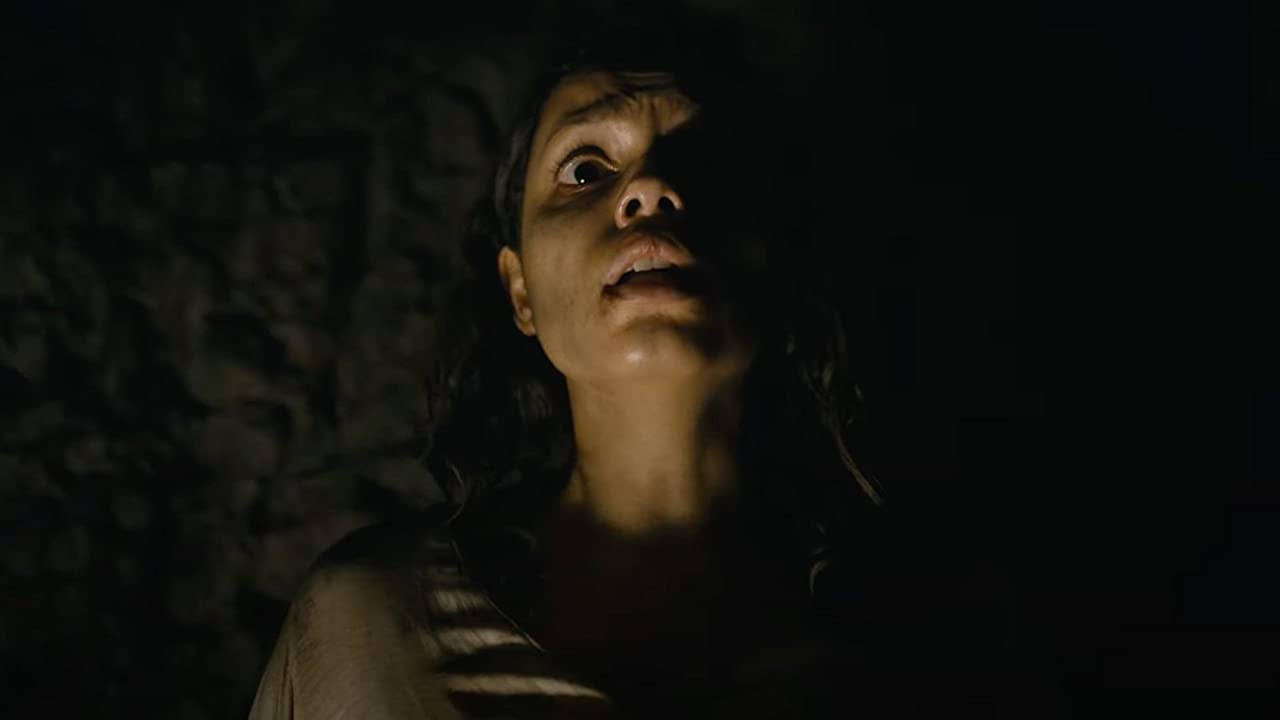Barbarian: An Airbnb Horror
18 December 2022 | ERT: 3 mins
In spite the obvious generic differences, both 8 Mile (2002) and Barbarian (2022) are set in Detroit and document vital aspects of the deteriorating city. What’s more, the widely celebrated thriller Don’t Breathe (2016) – featuring Hungarian actress Franciska Törőcsik – also takes place there; there’s something in the Detroitan air that not only serves as a particularly fitting setting for these movies, urban space is very much a narrative in itself.

The story of Detroit’s downfall starts in the early 20th century. Initially, the establishment of the local auto industry, especially the factories of the Big Three (Ford, General Motors, Crysler) made the city’s future prospects very promising. As part of the Great Migration, the Motor City saw an influx of millions of African American workers and their families, which resulted in the city’s population growing to 1.85 million. However, Detroit’s heavy reliance of one single industry soon led to dire consequences when companies decided for relocation or automation, which in turn resulted in unemployment, poverty, and crime rates to rise.
In the subsequent years, the so-called suburban sprawl intensified, including white population leaving the city in masses (white flight). Racial tensions led to, among others, the 1967 riot, resulting in the death of more than 50 people (including civilians, rioters, and policemen), and causing serious amount of insurance damage.
The riot, alongside with desegregation policies introduced in the field of education (cf. Milliken v. Bradley), led to the continuation of white flight, and gradually, the city was depopulated. By 2021, the population decreased to 630,000, which is just a little over the half of the city’s population in 1980. The depopulation of the urban areas was largely supported by infrastructural developments that took place in the course of the last century. As Amy Padnani discusses, Detroit’s downfall may also have something to do with the lack of public transport and the establishment of highways under the mayorship of Albert Cobo in the ’50s. Highways helped white families leave the city, while the poor means of the public transportation system made the commuting of workers impossible.
After all, it’s no wonder that the patchily populated ghost streets of Detroit make up for a perfect setting for a horror movie, just like the blocks of the abandoned Soviet airbase in Kiskunlacháza (as seen in Chernobyl Diaries [2012]), or the ghost town stage-set in the Morrocan desert from The Hills Have Eyes (2006), or the lonesome streets of New York in I Am Legend (2007), emptied by special effects. The uncanniness of Detroit is very much inherent, embedded in, and deeply entwined into, the urban fabric of the city. Take a look at any of the abandoned Detroit locations listed here, and you’ll feel the strange uneasiness that works at its best in movies like the Barbarian.
Buildings imply human presence, so the lack of their inhabitants leaves this implication unfulfilled, giving rise to suspense, the fuel of good thrillers. But not only that, an abandoned piece of a settlement, let it be an asylum, a church, or a castle, is always part of a spatial narrative: there’s always a reason a building is empty. At night, buildings are empty because, you know, people sleep; however, empty streets in broad daylight are not what they’re supposed to be. That’s why Tess’s face grows grim as she notices that she spent the night in a run-down neighbourhood of Detroit.
In addition, Barbarian lives by the rules the spatial concept invitation. As opposed to invasion type of horror movies, invitation movies are set in a place which is home to the villain(s) and unfamiliar to the protagonist(s). Barbarian throws in another twist: Tess (Georgina Campbell) arrives to her Airbnb just to find it already taken due to a double-booking. The other resident is Keith (Bill Skarsgård), a guy with some serious psycho killer vibes and looks. It’s late and it’s raining, so Tess goes inside, and doesn’t get killed.
Other than this impressingly original opening and the suspenseful first part of the movie with the circumstances looking out to no good, the second subplot of Barbarian is just as relevant as the whole homestay conundrum. AJ (Justin Long) is a celebrated action movie star who is fired from his show after being accused of raping his co-star.
The angle from which Barbarian examines the #metoo movement is quite an interesting one. First, AJ is presented as an innocent man falsely accused, and the character even gets a hauntingly lifelike line that goes: “Maybe I’m a bad person, or am I a good person who did a bad thing?”
SPOILER
Of course, AJ is a bad person who pushes Tess down from the roof to save himself.
There’s a similar, thought-provoking twist
SPOILER
in the way Frank, the kidnapper and serial rapist is shown as a bedridden old geezer, pitiful, whereas the product of his crimes, the inbred creature referred to as The Mother is construed as the monster, fearful.
The title adds even more complexity to all of this. Just as in the case of the Hungarian short story by Zsigmond Móricz, we don’t really get an affirmative answer as to who the Barbarians are. Are they the inhabitants of the Barbary Street where the house is at? Are they the degenerated dwellers of the basement? Are they the coward actor who fails to take responsibility for his actions?
With Tess, the last person standing escaping the scene with The Ronettes singing Be My Baby in the background, the viewers are left with an abrupt ending and a heroine barely survived but liberated from being infantilised. This is the most I can make of it.
Comments